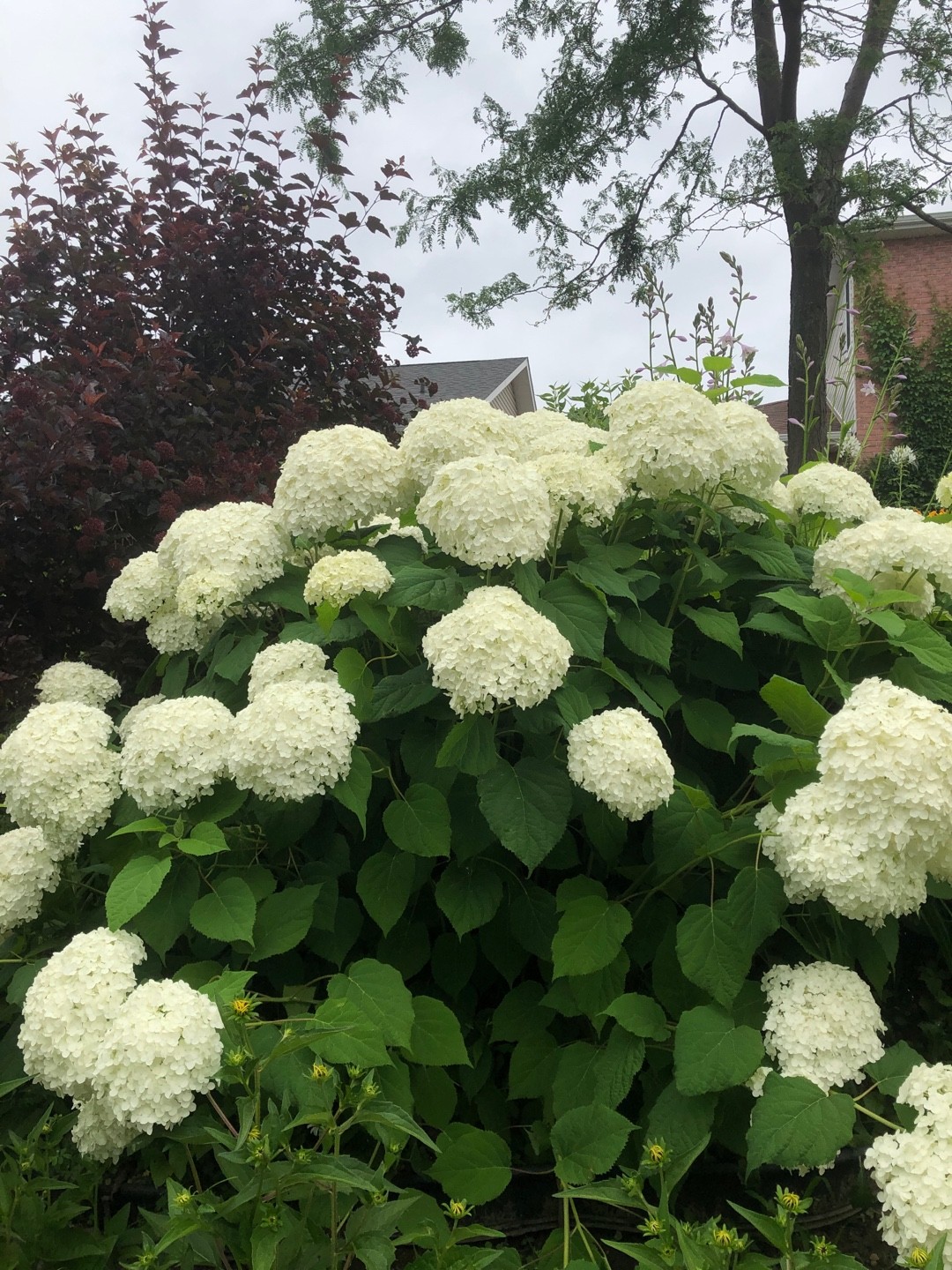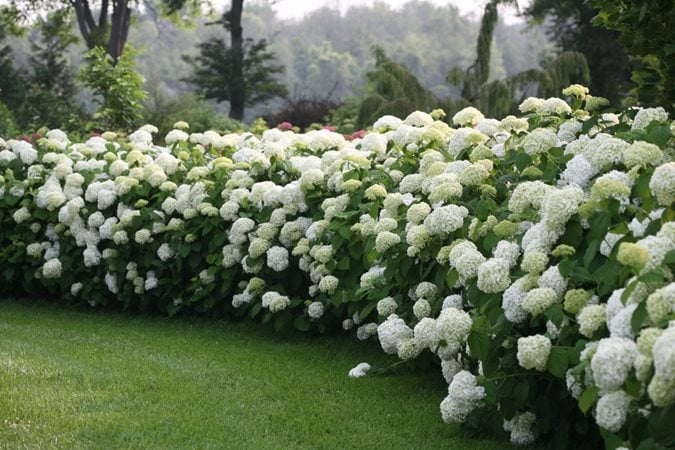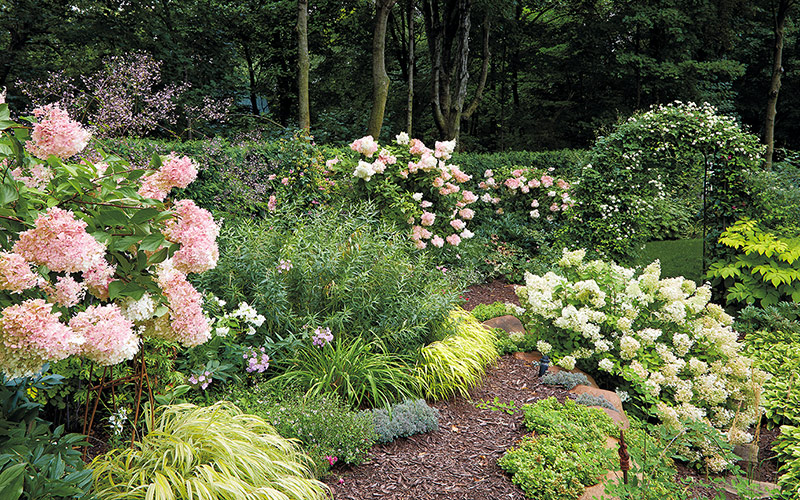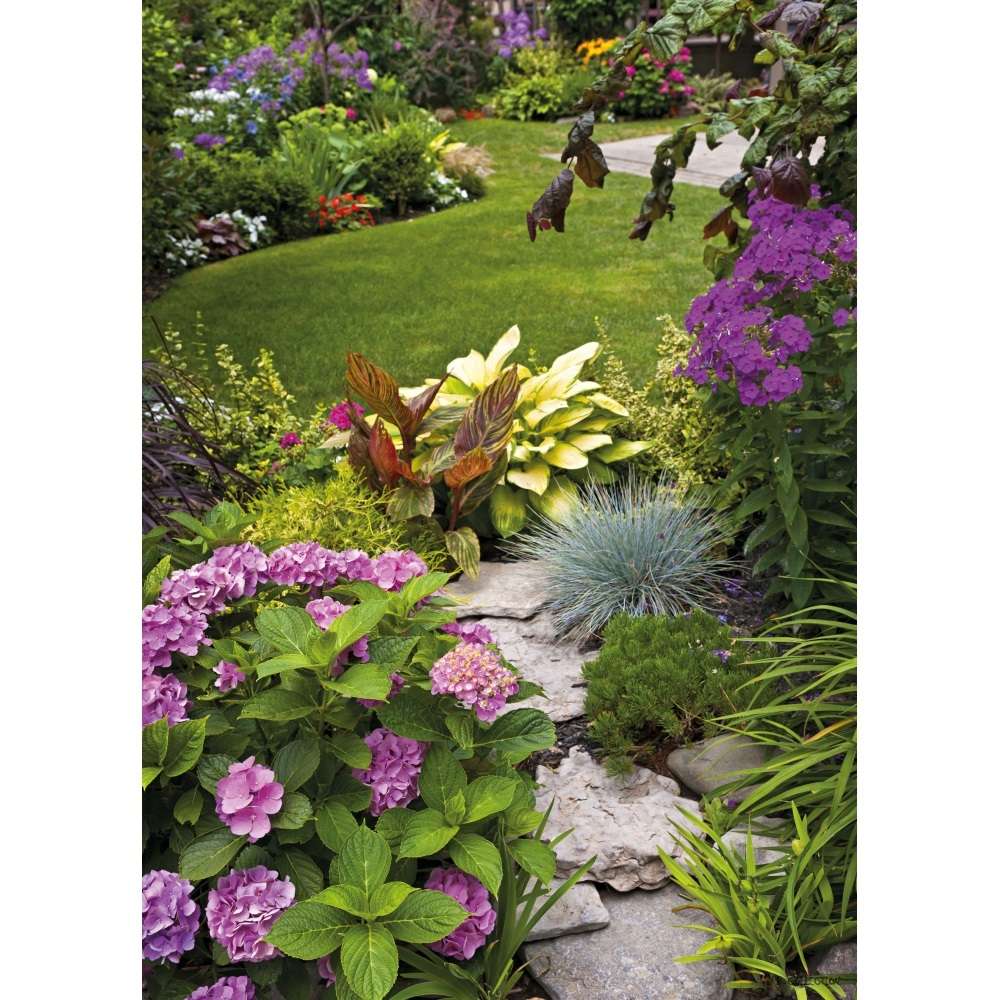The Hortensia Garden: A Colorful Oasis In Your Backyard
The Hortensia Garden: A Colorful Oasis in Your Backyard
Hydrangeas are some of the most popular flowering shrubs in the world, and for good reason. They come in a wide variety of colors, from white to pink to blue to purple, and they can be found in both large and small varieties. Hydrangeas are also relatively easy to care for, making them a great choice for even novice gardeners.
If you're looking for a way to add a touch of color and beauty to your backyard, a hortensia garden is a great option. With a little planning and effort, you can create a colorful oasis that will be the envy of your neighbors.
In this blog post, we will discuss the following:
- The different types of hydrangeas
- How to choose the right hydrangeas for your climate
- How to plant and care for hydrangeas
- Design ideas for hortensia gardens
Let's get started!
Types of Hydrangeas
There are over 70 species of hydrangeas, but the most common types for gardens are:
- Hydrangea macrophylla: These are the classic hydrangeas with large, round flower heads. They come in a wide variety of colors, including white, pink, blue, and purple.

- Hydrangea paniculata: These hydrangeas have tall, conical flower clusters. They are typically white or pink, but some varieties can be blue.
- Hydrangea arborescens: These hydrangeas have small, white flowers that bloom in clusters. They are a good choice for small gardens or containers.

Choosing Hydrangeas for Your Climate
When choosing hydrangeas for your garden, it is important to consider your climate. Hydrangeas are hardy in USDA zones 3-9, but some varieties are more cold-hardy than others. For example, Hydrangea macrophylla is not as cold-hardy as Hydrangea arborescens.
It is also important to consider the amount of sunlight your garden receives. Hydrangeas need full sun to partial shade. If you live in a hot climate, you may want to choose a variety that can tolerate full sun.
Planting and Caring for Hydrangeas
Hydrangeas are relatively easy to plant and care for. They prefer well-drained soil and need regular watering. Hydrangeas also benefit from being fertilized in the spring and fall.
The color of hydrangea flowers is determined by the pH of the soil. In acidic soil, hydrangeas will bloom blue. In alkaline soil, they will bloom pink. You can change the pH of your soil by adding sulfur or lime.
Design Ideas for Hortensia Gardens
Hydrangeas can be used in a variety of ways in the garden. They can be planted as standalone shrubs, used to create hedges, or incorporated into flower beds. Hydrangeas also make great cut flowers.
Here are a few design ideas for hortensia gardens:
- A white hydrangea garden: This would be a great choice for a formal garden. You could plant white hydrangeas in a row along a walkway or in a circle around a fountain.

- A blue hydrangea garden: This would be a great choice for a cottage garden. You could plant blue hydrangeas with other blue flowers, such as lavender or delphiniums.
- A mixed hydrangea garden: This would be a great choice for a garden with a variety of colors. You could plant hydrangeas with flowers in different colors, such as pink, blue, and white.

Conclusion
Hydrangeas are a beautiful and versatile plant that can add a touch of color and beauty to any garden. With a little planning and effort, you can create a hortensia garden that will be the envy of your neighbors.
If you're looking for a stunning display of hydrangeas, then you need to visit the website. This website is home to a wealth of information about hortensia gardens, from plant care tips to garden design ideas.
The website features stunning photos of hortensia gardens from all over the world, as well as informative articles about the history and cultivation of these beautiful flowers. You'll also find a comprehensive plant database, so you can learn more about the different types of hydrangeas and find the perfect ones for your garden.
Whether you're a beginner gardener or an experienced horticulturist, you'll find something to learn on the website. So what are you waiting for? Visit the website today and start planning your own hortensia garden!
FAQ of hortensia garden
1. What are the different types of hortensias?
There are two main types of hortensias: bigleaf hortensias (Hydrangea macrophylla) and lacecap hortensias (Hydrangea paniculata). Bigleaf hortensias are the most common type, and they are known for their large, colorful blooms. Lacecap hortensias have smaller blooms, but they are often more fragrant.
2. What are the best conditions for growing hortensias?
Hortensias prefer full sun to partial shade, and they need well-drained soil. They are also susceptible to root rot, so it is important to plant them in a spot where the soil does not stay wet.
3. How do I care for hortensias?
Hortensias need regular watering, especially during the summer months. They also benefit from fertilizing in the spring and fall. In the fall, you should deadhead the blooms to encourage new growth in the spring.
4. Why are my hortensias not blooming?
There are a few reasons why your hortensias might not be blooming. One possibility is that they are not getting enough sun. Another possibility is that the soil is not acidic enough. Hortensias prefer a soil pH of 5.5 to 6.5.
5. How do I change the color of my hortensia blooms?
The color of hortensia blooms is affected by the pH of the soil. In alkaline soil (pH above 7), the blooms will be blue. In acidic soil (pH below 5.5), the blooms will be pink. You can change the color of your hortensia blooms by adjusting the pH of the soil.
Image of hortensia garden
5 different images of "hortensia garden" from Pinterest:
- Image 1: A lush green garden with rows of hydrangeas in different shades of blue, pink, and purple.

- Image 2: A small cottage garden with a white picket fence and a variety of hydrangeas, including Annabelle, Limelight, and Endless Summer.

- Image 3: A large, open garden with a winding path and hydrangeas planted in large clusters.

- Image 4: A Japanese garden with a pond and a waterfall, surrounded by hydrangeas in shades of blue, pink, and white.

- Image 5: A tropical garden with a lush canopy of trees and hydrangeas in shades of pink, purple, and blue.

Post a Comment for "The Hortensia Garden: A Colorful Oasis In Your Backyard"